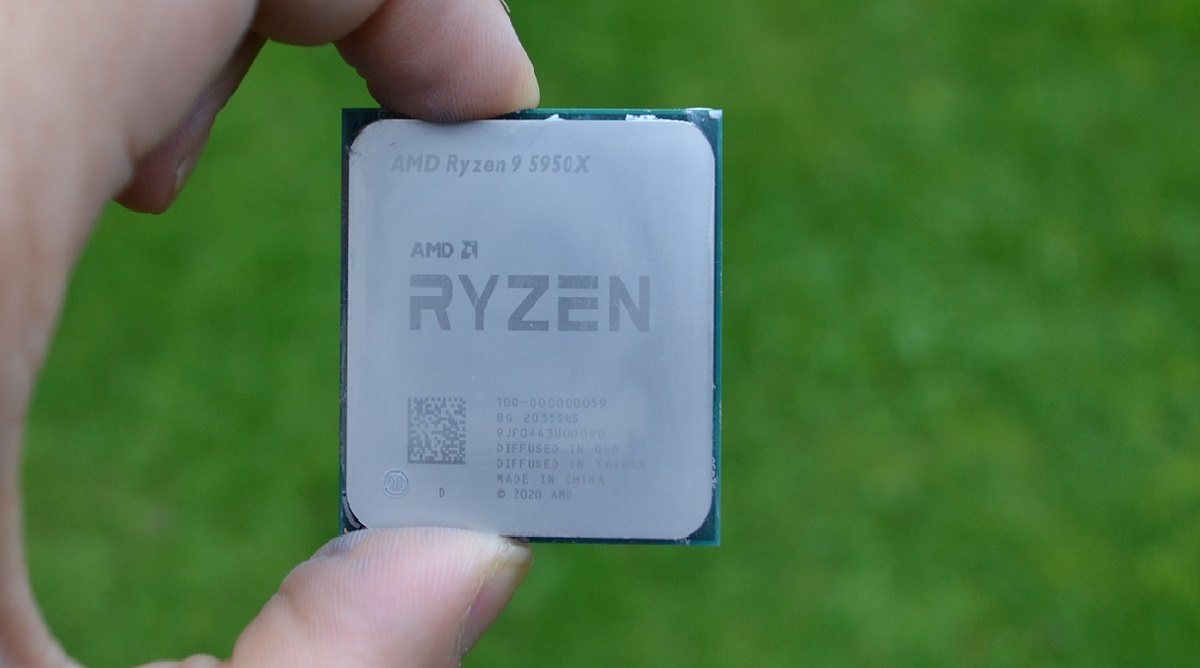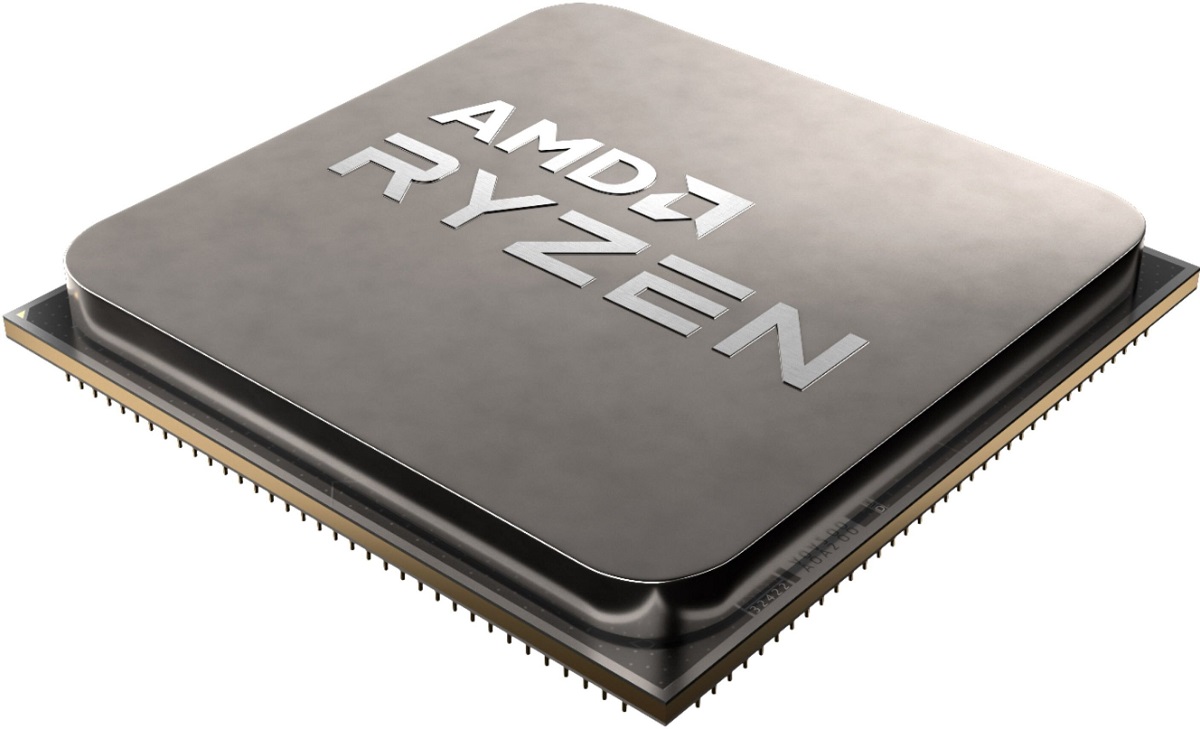The following article is sponsored by AMD. All testing was undertaken by Club386 and any opinions expressed are our own.
The ongoing climate emergency has brought sustainability and energy efficiency very much to the fore. It is incumbent on organisations and individuals alike to be more responsible in how they consume goods and services.
By its very nature, energy efficiency is a key topic for the computing industry. Numbering in the hundreds of millions, servers, desktop PCs and laptops are a significant contributor to electricity demands and a necessary burden on the costs of running most businesses. Naturally, anything that can be done to reduce the usage footprint is looked upon favourably, and driving down the total cost of ownership is a key metric in evaluating whether infrastructure upgrades are worthwhile over the long term.
This situation is placed in sharper relief as the cost of electricity increases at a far greater pace than inflation. Responsible hardware companies have set ambitious aims in developing energy-efficient processors. For example, AMD ‘set a bold goal in 2014 to deliver at least 25 times more energy efficiency by the year 2020 in our mobile processors that combine powerful graphic and compute cores in a single chip.’ According to its own testing, AMD has achieved a 31.7x improvement in energy efficiency between these two dates.
Such numbers are not to be sniffed at, as an organisation with 50,000 employees could reduce energy consumption by 84 per cent, to the tune of 1.4m kilowatt hours, and save 1,000 tonnes of carbon dioxide equivalent emissions to boot, says AMD.
Though impressive in their own right, numbers of this scale don’t resonate with the computer enthusiast running a single PC or laptop. Understanding ongoing efficiency is better undertaken by examining the performance-per-watt (PPW) improvements companies have made over time for the humble desktop CPU.
Efficiency from design and process
There are two interrelated factors at play for these desktop chips: microprocessor design and manufacturing process. One generally predicates the other, as design teams tend to lay out the floorplan of a particular chip with due knowledge of which manufacturing process, described in nanometre lengths between transistors, is to be used.
Having a smaller nanometre process is better for fitting in more transistors – more performance, in effect – for a given area. In turn, smaller transistors require less current to switch on/off, meaning through intelligent design, engineers can build increasingly complex, more powerful processors without having to dial up the power requirement unnecessarily.

In an ideal world, chip designers would marry world-class architecture to a leading-edge manufacturing process, harnessing the symbiotic benefits for both in vastly increasing PPW from one generation to the next.
Putting theory into practise, Club386 can evaluate how well recent AMD CPUs have increased the PPW metric by looking at ongoing performance in a standardised all-core benchmark. We have chosen Cinebench R23 as a good proxy of all-out rendering and run it on a number of modern AMD processors.
| Cinebench Score | CPU Power | Score per Watt | |
|---|---|---|---|
| AMD FX-8370 (2014) | 3,524 | 148W | 23.81 |
| AMD Ryzen 7 1800X (2017) | 9,275 | 114W | 81.36 |
| AMD Ryzen 7 2700X (2018) | 10,206 | 125W | 81.65 |
| AMD Ryzen 9 3950X (2019) | 23,195 | 121W | 191.69 |
| AMD Ryzen 9 5950X (2020) | 24,643 | 119W | 207.08 |
Back in 2014, AMD used the Piledriver architecture to build an eight-core, eight thread (8C8T) desktop CPU on a 32nm process considered leading edge in the day. The FX-8370 was equipped with a nominal 125W TDP, though actual CPU package power ran in at 148W. The chip returns a score of 3,524, leading to a score-per-watt of around 24.
AMD’s fortunes took a turn for the significantly better with the release of Zen-infused Ryzen processors in 2017. The champion Ryzen 7 1800X increased performance by 2.6x compared to FX-8370 whilst consuming 23 per cent less power into the bargain. The improvement indirectly speaks to the twin enhancers of Zen architecture allied to the smaller, more efficient 14nm manufacturing process.
Ryzen 2000 series was more of an incremental upgrade. AMD kept to the 8C16T topology of the first generation but improved the microarchitecture by moving from original Zen to Zen+. The modest gain is reflected by a 10 per cent performance hike, albeit at the cost of a few extra watts. The net benefit is practically nothing in the score-per-watt metric, however.
Mega improvements in 2019
AMD took the direct, fast train to Performance town with Ryzen 3000 series by adopting a cutting-edge 7nm process, down from 12nm on Zen+ of the previous generation. Having heaps more silicon real estate to work with, the headline Ryzen 9 3950X doubled the cores and thread capability, all the way up to 16C32T, representing a first for the mainstream desktop CPU market. Driven by the enhanced Zen 2 architecture, all-out performance rose by over 2x whilst power, thanks to the intrinsic energy-efficient qualities of 7nm, remained about the same.
The score-per-watt metric smashed the previous best by well over 100 per cent, and compared to one of AMD’s finest chips of 2014, offered over 8x the energy efficiency.

AMD’s latest high-performance Ryzen processer uses the Zen 3 architecture whilst maintaining the core-and-thread count of its direct predecessor. Ryzen 9 5950X ekes out a further six per cent performance through enhanced architecture without increasing power at all. From 2014 to 2020, looking at mainstream AMD CPUs highlights an 8.7x improvement in score-per-watt.
Time is money
This talk of generational improvements can veer the conversation into academic discourse on architecture and process. The real-world examples are also telling. Imagine a small business requiring a set level of all-core compute power. Let’s set this to Ryzen 9 5950X levels. The business would need at least two Ryzen 7 2700X CPUs to match the new chip’s performance. Evaluated by running the systems for six hours a day and 300 days a year, the potential energy saving adds up to over £100 in 12 months alone.
Energy efficiency is one angle; another one is time. Now consider a rendering project that takes around six hours on a Ryzen 7 1800X. The same task ought to take not much more than two hours on the latest Ryzen 9 5950X, and in industries where time is considered money, speedy delivery can pay for itself in short order.
Clear upgrade path for enhanced efficiency
AMD set out to offer a clear upgrade path for customers adopting early technology, enabling them to opt for faster, more feature-rich processors without necessarily having to switch out the underlying motherboard or memory.
In 2017, the original Ryzen, headlined by the 1800X, launched with support from the 300-series chipsets and motherboards. These boards used the AM4 socket first adopted by the last-generation Excavator architecture found on chips such as the AMD Athlon X4 950. The same AM4 socket supported first-generation Zen, and depending upon exact board, also supports second- and third-generation Ryzen, right up to today’s performant Ryzen 9 5950X.
This five-year socket longevity has provided a simple, hassle-free means of increasing energy efficiency through processor upgrades alone, without having to change the underlying motherboard or memory.
Final thoughts
AMD has striven to increase generation-upon-generation processor energy efficiency by adopting the latest manufacturing processes alongside solid improvements in architecture. Looking at it from a desktop perspective, there has been an 8x improvement in efficiency over a six-year period.
In an age where every watt matters from financial and environmental viewpoints, being on the bleeding-edge of efficiency is important. AMD has done a good job in advancing the performance-per-watt metric in the past half-dozen years, clearly, but has arguably a tougher task in maintaining the same trajectory in the future.

